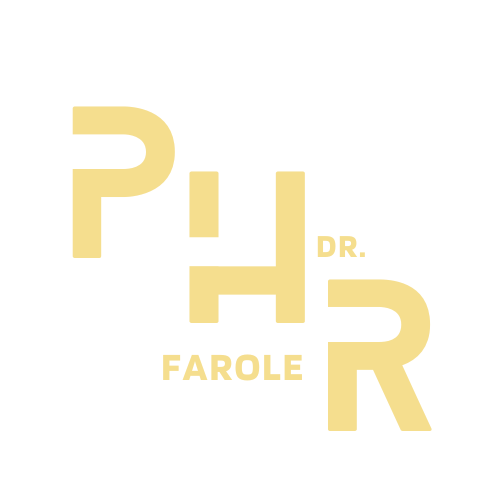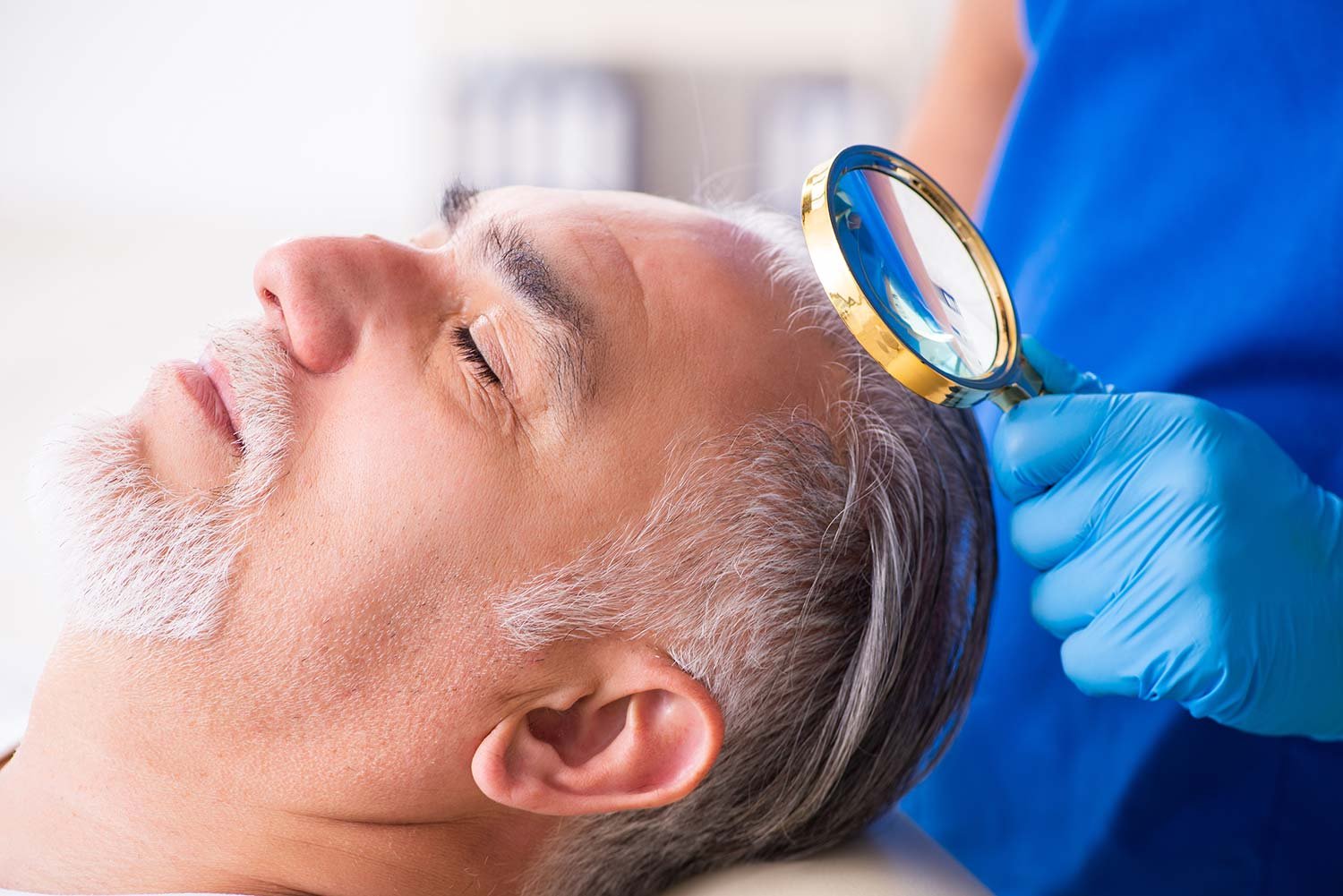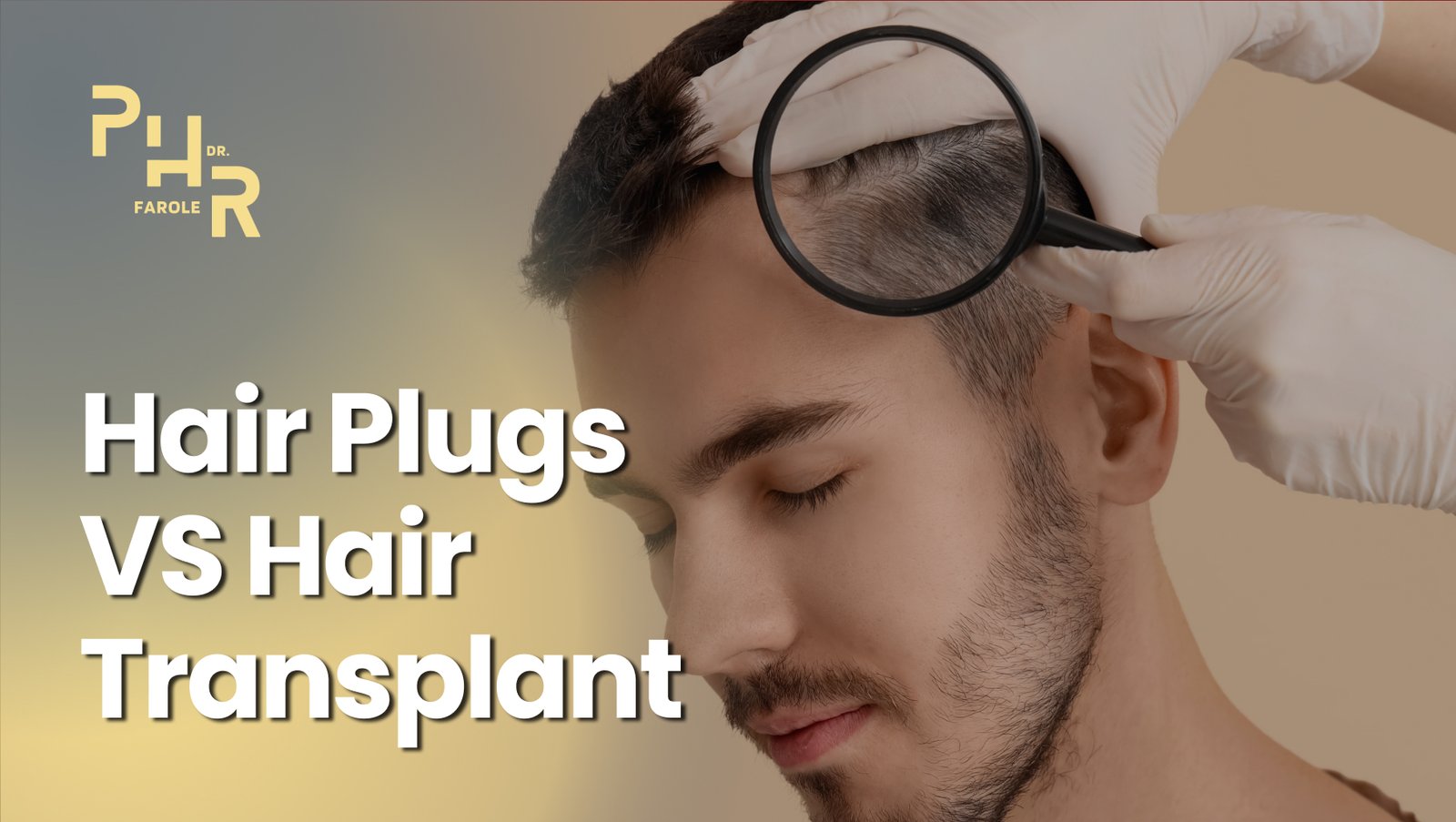While hair loss can impact your confidence and self-image, surgical hair restoration procedures require lengthy recovery times that can disrupt your busy schedule. Luckily, platelet-rich plasma (PRP) hair restoration offers a natural, non-invasive alternative to surgical transplants, using your body’s own platelets to stimulate lasting hair growth.
In this article, we will explore the side effects of PRP hair treatments. We’ll discuss how PRP treatments work, compare PRP with other hair restoration methods, and describe who is an ideal candidate for treatments. With guidance from Philadelphia Hair Restoration, you can make an informed decision when pursuing hair restoration treatments.
To speak with a hair restoration specialist about PRP treatments for hair loss, contact Philadelphia Hair Restoration today.
How Does PRP Hair Treatment Work?
PRP hair treatments (platelet-rich plasma therapy) use a patient’s own blood to promote hair growth. A small blood sample is drawn, processed to concentrate the platelets, and then injected back into the scalp.
Platelets contain growth factors that stimulate hair follicles, speeding up the hair growth cycle and improving the thickness of existing hair. PRP treatment is non-invasive and relies on the body’s natural healing mechanisms, making it a popular choice for those seeking natural hair restoration results.
Benefits of PRP Hair Treatment
As a non-surgical hair restoration option, platelet-rich plasma injections stimulate long-term hair growth without lengthy recovery times or health risks. This procedure boasts a variety of benefits for patients including the following:
Effectiveness for Hair Growth
By stimulating dormant hair follicles, PRP therapy increases hair density and reduces shedding. Results may vary depending on age and the extent of hair loss, but many patients notice visible improvements in hair thickness after a few sessions. PRP is non-surgical and requires minimal recovery downtime, allowing patients to return to their daily activities quickly.
Comparison with Other Hair Loss Treatments
Unlike topical treatments or oral medications, PRP uses the patient’s own blood, reducing the risk of adverse reactions. Surgical options, while effective, can be more costly and involve longer recovery times. PRP offers effective results with fewer risks and a faster recovery period.
Long-term Benefits
With ongoing PRP treatments, patients may experience sustained hair growth and improved hair quality over time. PRP can also slow the progression of hair loss to maintain hair density. Regular maintenance sessions are recommended to ensure optimal results.
Side Effects of PRP Hair Treatments
While PRP is considered a safe hair restoration procedure, mild swelling and other minor side effects may occur. If you experience severe side effects like infections or allergic reactions after receiving PRP treatment, contact a doctor right away.
Common Side Effects
While PRP hair treatment is generally safe, side effects like lightheadedness, mild swelling, bruising, redness, or tenderness at the injection sites may occur after injections. These symptoms typically resolve within a few days and are part of the body’s natural healing process. Additionally, some patients experience shock hair loss as follicles break off during injections. After the shock period, hair follicles grow back thicker and stronger for visible improvements.
Rare and Severe Side Effects
Severe side effects from PRP hair treatments are rare, but can occur if the procedure is not performed under proper medical conditions. Potential risks include infections, nerve injuries, and allergic reactions. Patients should disclose any medical conditions or allergies to their practitioner before undergoing PRP to prevent complications.
Managing and Mitigating Side Effects
Following post-treatment care instructions, such as avoiding strenuous activities and direct sun exposure, can minimize the side effects of PRP hair treatment. If any unusual symptoms occur, such as severe pain or prolonged swelling, contact your treatment provider immediately.
Adverse Effects from Clinical Studies
Most studies have shown that side effects of PRP are typically mild and short-lived, with no long-term health issues reported. Overall, clinical data supports PRP as a safe option for hair restoration.
When To Consult A Doctor After PRP Hair Restoration Side Effects
If you experience persistent discomfort, unusual swelling, signs of infection, or an allergic reaction after a PRP injection session, consult a doctor right away. While mild side effects are expected, severe pain or prolonged redness should be addressed by a healthcare professional. A medical professional can prevent side effects from worsening and ensure a safe recovery from PRP.
Who Is A Good Candidate for PRP Hair Treatment?
PRP hair treatment is ideal for individuals in the early stages of hair thinning, or those with mild to moderate hair loss. Candidates should generally be in good health with no underlying conditions that may interfere with the healing process.
This treatment is particularly effective for those who want to avoid more invasive procedures and are seeking a natural solution to enhance hair density. However, individuals with blood disorders or active skin infections may need to explore other hair restoration options.
Additionally, individuals with more severe, late stage hair loss may be better suited for a different hair restoration procedure. The doctors at Philadelphia Hair Restoration will walk you through the best option for hair restoration during your consultation, allowing you to make the most informed decision possible.
Alternatives to PRP Hair Treatment
For those seeking alternative hair restoration treatments, restorative medications and natural remedies may also prevent further hair loss and promote hair regrowth.
Other Medical Treatments
For those seeking alternatives to PRP, medications like minoxidil and finasteride have been proven to slow hair loss and promote new hair growth. Additionally, low-level laser therapy stimulates hair follicles without invasive interventions. While these alternatives can effectively treat hair loss, they require consistent use and may cause side effects.
Follicular Unit Extraction (FUE) and Follicular Unit Transplantation (FUT) provide lasting rejuvenation for those willing to undergo surgical hair restoration. FUE hair transplant involves extracting hair follicles from a donor area and implanting them into thinning or balding areas, while FUT hair transplants a strip of scalp tissue to achieve a fuller hairline.
When to Consider Alternative Options
If PRP has not produced your desired results after several sessions, it may be time to explore other hair restoration treatment options. It’s important to weigh the pros and cons of each treatment option and consult with a hair restoration specialist to determine the best course of action for your specific needs.
How Much Do PRP Hair Treatments Cost?
The cost of PRP hair treatments may vary depending on the expertise of the practitioner and the number of sessions required. On average, a single PRP session can range from $500 to $2,000, and most patients need multiple sessions to achieve optimal results. Philadelphia Hair Restoration provides transparent pricing for all hair restoration treatments, so you’ll be fully informed about the cost of your PRP injections during your initial consultation.
Schedule Your Consultation with Philadelphia Hair Restoration Today!
If male or female pattern hair loss is impacting your self-image, Philadelphia Hair Restoration can help. Our hair restoration specialists will evaluate the extent of your hair loss, determine a tailored injection plan, and provide personalized PRP hair treatments to encourage lasting hair growth.
Contact Philadelphia Hair Restoration today and transform your appearance with PRP hair loss treatment.



